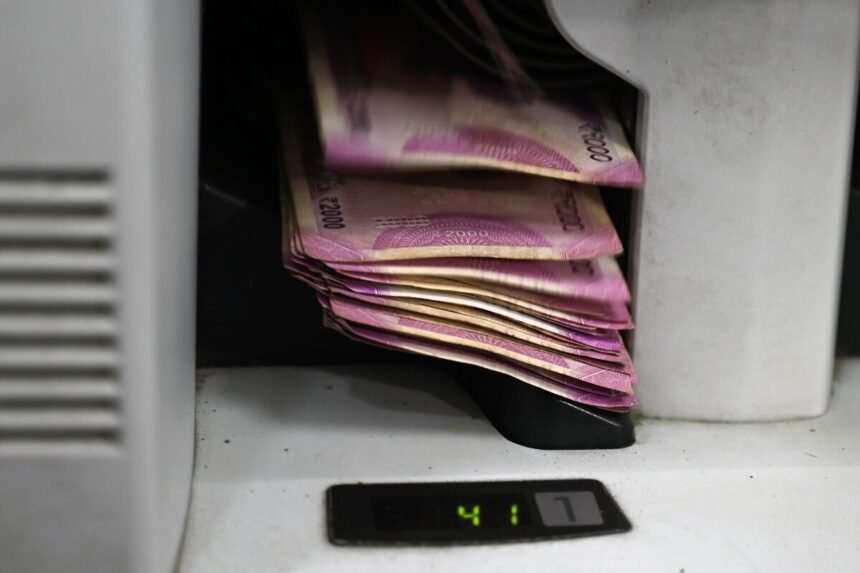Russia is facing a lopsided trade relationship with India, resulting in the accumulation of up to $1 billion in rupee assets each month. As Russia emerged as a top supplier of oil to India, it settled a larger share of trade in national currencies and redirected shipments eastward, as European customers reduced purchases due to the ongoing conflict in Ukraine. However, the stagnation of imports from India has led to an excess of rupees, which Russian companies struggle to repatriate due to local currency restrictions.
This deadlock has left Russia anticipating a further rise in the surplus of rupees. Bloomberg Economics estimates that this trade imbalance will generate a quarterly equivalent of $2 billion to $3 billion that Russia cannot utilize. This would contribute to the estimated $147 billion in net foreign assets accumulated abroad during 2022.
The impasse in negotiations between India and Russia is complicating their one-way trade. In the first quarter of the year, India had a trade deficit of $14.7 billion with Russia. India’s priority is to promote the wider use of the rupee in international settlements, suggesting that countries accumulating excess rupees can invest in local securities, including government bonds.
Both countries are exploring various payment mechanisms, including investments in India’s capital markets by Russian entities. Initially, this option did not find favor with Moscow, but it is now being reconsidered as billions of rupees pile up in Indian banks. Another possibility is directing the accumulated rupees towards Indian infrastructure projects in exchange for equity stakes.
Russia prefers using the currencies of a third country, such as China’s yuan or the United Arab Emirates dirham, as the only acceptable option, according to insiders familiar with the deliberations. However, an agreement seems distant, given that Russia has limited influence in a situation with few alternative buyers to India.
The inability to retrieve earnings deprives Russia of hard currency, exacerbating the pressure on the ruble. Additionally, with some foreign revenue trapped overseas, the country’s exporters face longer wait times for payments. This trade imbalance highlights the limited bargaining power of the Kremlin in a reshaped global oil market, where India and China have become significant buyers of Russian oil. Shifting away from currencies associated with Russia’s adversaries presents risks, further complicating the situation.
